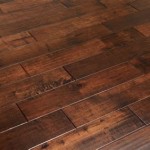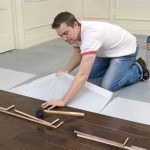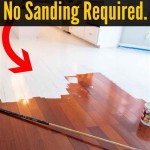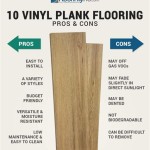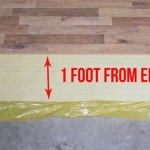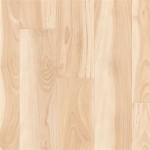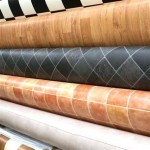Having hardwood floors can be an elegant and timeless addition to any home. However, these floors can be vulnerable to buckling, which can be an unsightly and potentially costly problem. In this article, we’ll discuss what causes hardwood floors to buckle and some tips for preventing buckling in the future.
What is Hardwood Floor Buckling?
Buckling is defined as a condition in which the wood planks warp and become raised from their original installation position. This is usually caused when the flooring absorbs too much moisture, causing the wood to swell and “buckle” up. Buckling can occur over a large area, or can be isolated to one or two planks.
Common Causes of Hardwood Floor Buckling
There are several common causes of hardwood floor buckling. The most common cause of buckling is excessive moisture. This can be caused by flooding, water seeping through the foundation walls, or by a plumbing leak. Additionally, insufficient under-flooring support can cause buckling due to the flooring being able to move with changes in humidity or temperature. Lastly, improper installation of the hardwood floor can lead to buckling, as the planks may not be secured to the subfloor properly.
Preventing Hardwood Floor Buckling
The best way to prevent hardwood floor buckling is to make sure that the flooring is installed properly. Make sure that the flooring is secured to the subfloor with nails or staples and that there is adequate under-flooring support. Additionally, it is important to keep the home at a consistent temperature and humidity level. This can be done by using a dehumidifier in the summer months and a humidifier in the winter months. Additionally, if the home experiences flooding or a plumbing leak, it is important to address the issue quickly to prevent buckling.
Repairing a Buckled Hardwood Floor
If your hardwood floor has buckled, it is important to address the issue quickly. The most common method is to use a planer to sand down the buckled area and then use a moisture meter to ensure that the floor is at the proper moisture level. Additionally, it is important to inspect the subfloor for any damage that may have occurred due to the buckling and make any necessary repairs. Lastly, the buckled area should be filled with wood putty and sanded smooth before refinishing the floor.
Conclusion
Buckling of hardwood floors can be a serious and costly problem. However, by understanding the common causes of buckling and taking the necessary steps to prevent it, you can protect your hardwood floors from buckling in the future. Additionally, if your floor has already buckled, it is important to address the issue quickly and properly to prevent further damage.














Related Posts

